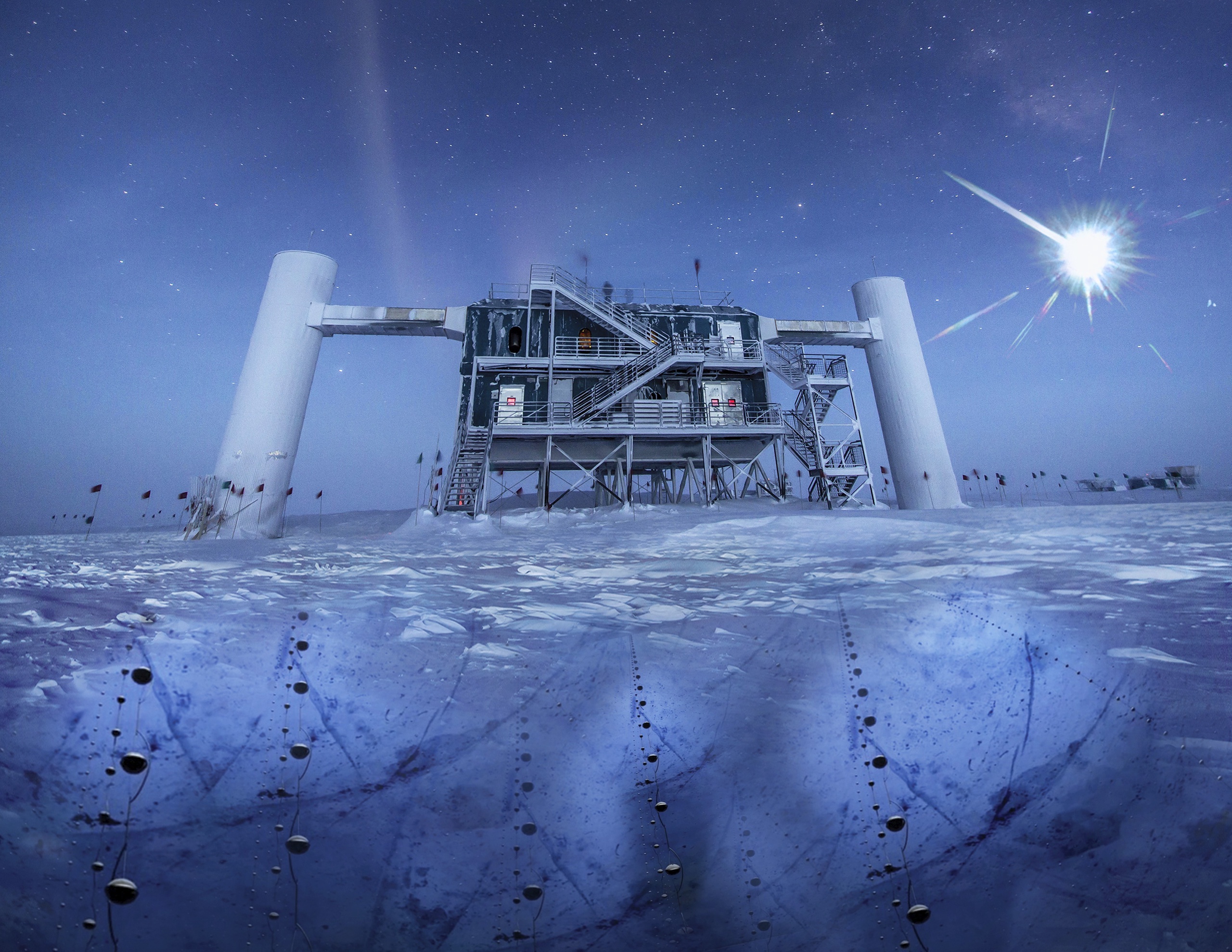By combining observations of neutrinos – also called ghost particles – colliding with Earth with the computing power of artificial intelligence (AI), we can get a whole new look at our galaxy. “It feels like the fog is suddenly lifting,” says space travel expert Rob van den Berg.
Scientists have discovered a new way to look at our own galaxy and far beyond. For this, they use neutrinos. “These particles fly through everything, even through the earth,” says Van den Berg, a space expert at the Sonnenborgh Observatory in Utrecht. So try to catch them. Hence the term: ghost particles.
“It’s like we’ve been looking through the fog all along and can see vague shapes, and now the fog is lifting”
But if you can catch them, they can hold a wealth of information. “Neutrinos are produced during very high-energy processes in the universe,” says Van den Berg. “If you know how to observe particles, you can identify the source of these processes.”
Read also | The James Webb Telescope is changing the world
Huge detector at the South Pole
A technique in which artificial intelligence (AI) is combined with observations offers new possibilities. “We have a huge detector at the tip of the South Pole, and very occasionally a neutrino collides with an ice molecule, producing a little flash of light. If you combine enough of these flashes of light, you can form a neutrino-like image of the universe.
Read also | NASA shares images of huge black holes: ‘Could be made up of billions of stars’

Such sightings already occur occasionally, but scientists have been unable to determine the direction of the neutrinos, leaving the picture incomplete. AI is changing that. “Thanks to artificial intelligence, we have now managed to deduce the direction from which the neutrinos of these flashes of light came. With this information you can make a map of our own galaxy.
The fog clears
According to Van den Berg, this opens up a whole new world. “Of course, we’ve been observing the universe and our own galaxy with telescopes for centuries,” he says. “But a lot of things are obscured and we can’t see. This new way complements these observations very well. It’s like we’re looking through the fog and we can see vague shapes, and now the fog is lifting.
 DodoFinance Breaking News Made For You!
DodoFinance Breaking News Made For You!
